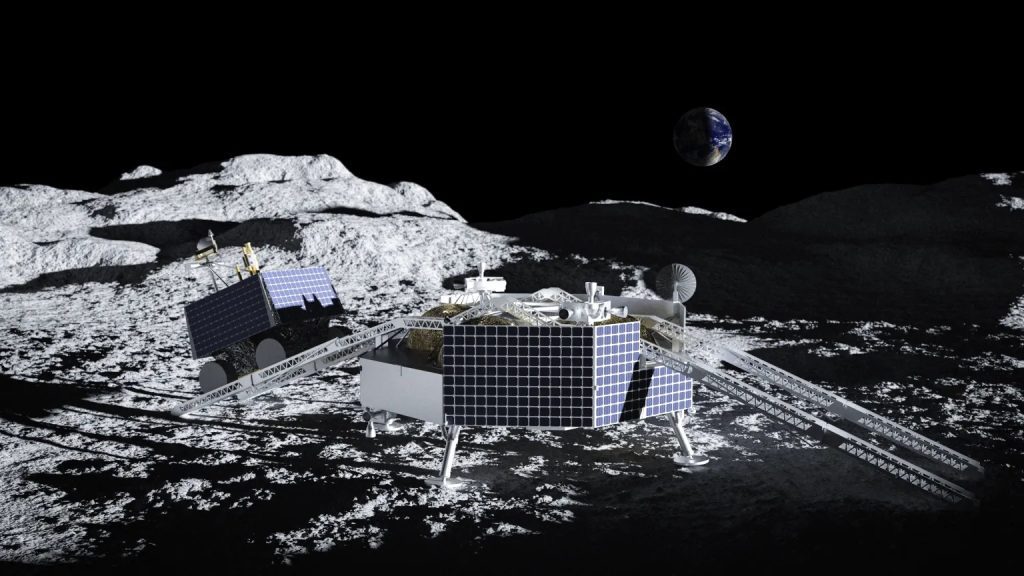WASHINGTON — Astrobotic is enlisting knowledgeable industry officials to aid in the development of its larger, second lunar lander as it concludes its investigation into the first lander mission.
On March 21, Astrobotic revealed that it has appointed Steve Clarke as its new vice president of landers and spacecraft, Frank Peri as its director of engineering, and Mike Gazarik and Jim Reuter as advisers.
Clarke, a former NASA official, previously served as deputy associate administrator for exploration in NASA’s Science Mission Directorate, overseeing the Commercial Lunar Payload Services (CLPS) program that Astrobotic is involved in. He was most recently director of future architectures at Sierra Space. Peri is a former director of the Safety and Mission Assurance Office at NASA’s Langley Research Center.
John Thornton, chief executive of Astrobotic, explained in an interview that the hirings aim to bring in individuals with extensive experience to support the company’s lunar lander and other projects.
Clarke “understands the CLPS model because he initiated the CLPS model at NASA,” he said. “He possesses the right talent and skill sets to contribute to the company and to the Griffin program in particular.” Griffin is a lunar lander by Astrobotic that is larger than the Peregrine lander it launched in January.
Thornton mentioned that the company hired Peri for his expertise in safety and mission assurance at NASA Langley. “We plan to put more effort into upgrading this area at Astrobotic, and we’re excited to have him on board to guide our engineering teams in building a capable team capable of successful flights time and time again.”
Gazarik and Reuter, former NASA associate administrators for space technology, are the first advisers publicly announced by the company, although Thornton stated that many others support the company in less formal roles. “We can essentially contact any of these individuals and consult with experts in any discipline.”
The hirings coincide with Astrobotic's efforts to conclude its investigation into Peregrine Mission 1, its initial lunar lander mission. The spacecraft was launched on Jan. 8 but experienced a propellant leak shortly after liftoff, preventing a lunar landing. It operated for a week and a half in cislunar space before reentering over the South Pacific..
Astrobotic mentioned at the time that the probable cause of the leak was a valve failure resulting in helium rushing into an oxidizer tank, causing it to be overpressurized. Dan Hendrickson, vice president of business development at Astrobotic, stated at a March 21 session of the American Astronautical Society’s Goddard Space Science Symposium, “We are working diligently to identify the root cause that will guide corrective actions for our next lander mission, which is Griffin.”
Thornton stated that the review, involving external experts, should be completed in “weeks, not months,” but the company has not set a deadline for completing the review.
He said they are willing to take the time needed to fully understand all the issues and incorporate lessons learned into Griffin while the investigation is ongoing, while also trying to get feedback as quickly as possible for Griffin.
They are continuing to assemble Griffin at a fast pace while the investigation is ongoing, but they are getting ready to do some rework based on the investigation results. They have avoided certain areas, such as valves, where they expect the impacts to be.
According to him, the changes will not only affect Griffin's hardware but also its schedule. The lander was supposed to launch late this year to carry NASA’s Volatiles Investigating Polar Exploration Rover (VIPER) to the moon's south pole to search for water ice. Once the failure investigation is finished, they will know what to do and the impact it will have.









